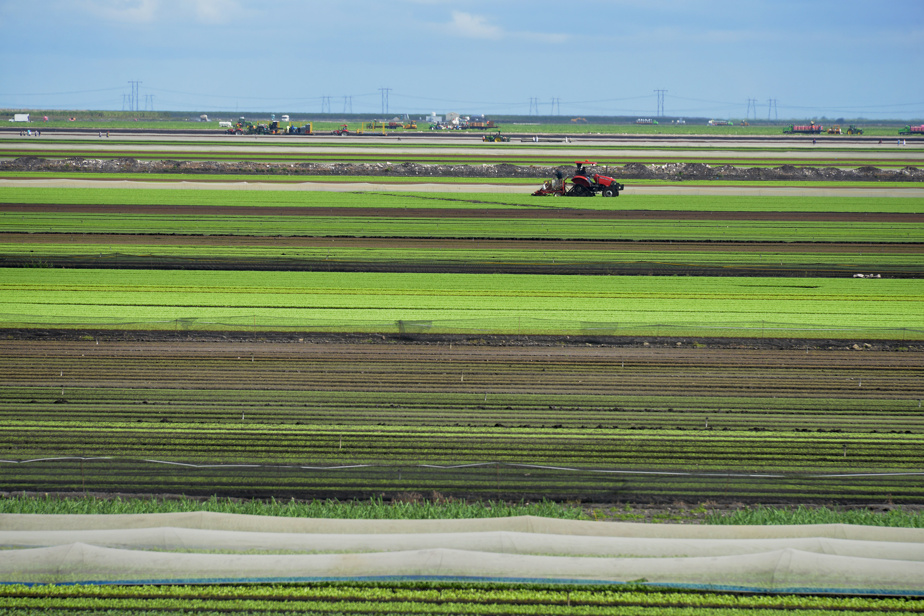(Washington) PFAS, commonly known as “forever pollutants,” are increasingly being used in pesticides in the United States, according to a study, a trend that is facilitating the spread of these toxic substances into the environment.
Virtually indestructible, per- and polyfluoroalkyl substances, or PFAS, accumulate over time and ultimately end up in the human body.
And while regulators have gradually limited or banned their use in a wide range of objects and products, agricultural inputs – used directly on fruits and vegetables, for example, before contaminating waterways – are not affected in the United States.
This study, published Wednesday by the journal Environmental Health Perspectivescalls for their inclusion in order to better regulate them.
“The more we look for them, the more we find,” study co-author Alexis Temkin, a toxicologist with the Environmental Working Group, told AFP.
High exposure to these PFAS can weaken the immune system, reduce fertility or disrupt the hormonal cycle, according to scientists, even if knowledge about these substances remains to be completed.
For this study, the researchers compiled data not only on the active ingredients of pesticides, but also on the substances, sometimes called “inert,” that accompany them, and in particular adjuvants, which improve their effectiveness in the fields.
According to their results, 14% of all ingredients counted as active pesticide ingredients in the United States are PFAS, including nearly a third of the active ingredients authorized in the last ten years.
And eight substances allowed as adjuvants are PFAS, including Teflon. The company of the same name stopped marketing its famous pans in 2013, but the American regulator has only recently started the process to ban Teflon from pesticides.
According to another co-author of the study, David Andrews, this is explained in particular by the fact that this regulator, the American Environmental Protection Agency (EPA), is unscrupulous compared to the standards adopted by the OECD, an institution which brings together developed countries.
Pesticide and fertilizer packaging themselves contain “forever pollutants,” the study also notes. The EPA’s ban on one of these substances was blocked by a court.
The results of this study constitute “absolutely frightening news, because pesticides are among the most widely distributed pollutants in the world,” analyses another co-author, Nathan Donley.
“Mixing pesticides with eternal pollutants is like adding an additional burden to the next generation, with more chronic diseases and cleaning made impossible,” he adds.
The authors recommend, among other things, banning a type of packaging that includes PFAS, greater transparency on the ingredients used and more research on the spread of these pollutants and their impact on health.
